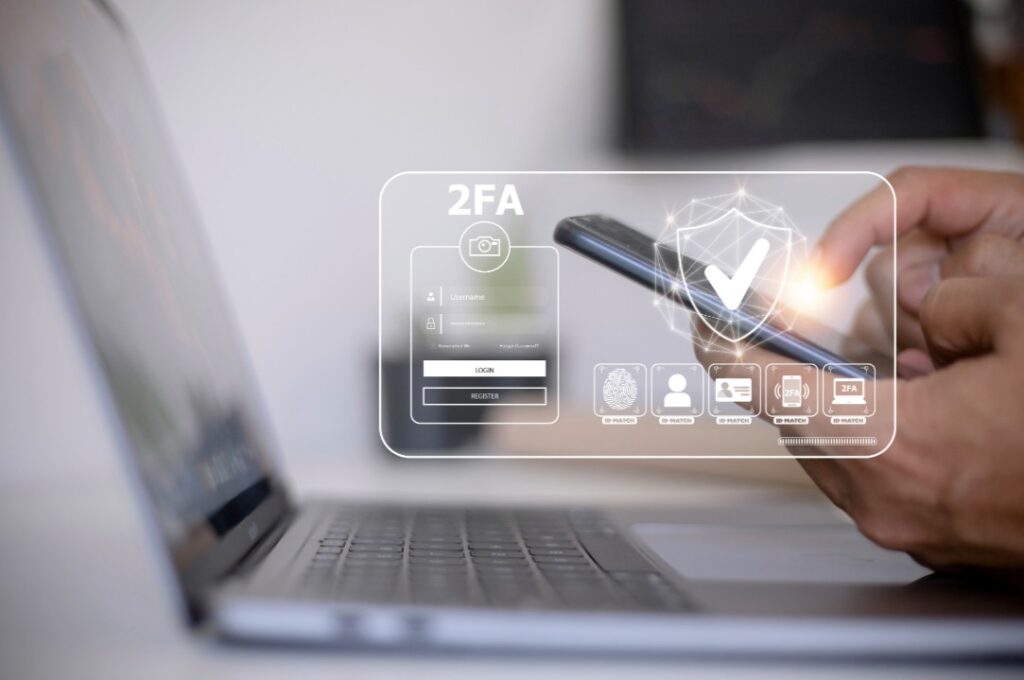Current Accounts Security: Protecting Your Money in the Digital Age
In today’s digital age, managing finances has never been more convenient. With the rise of online and mobile banking, consumers can access their accounts, transfer money, and pay bills with just a few taps on their smartphones.

In Ireland, the trend towards digital banking is evident, with a significant number of consumers preferring online platforms and mobile apps for managing their money. According to a survey by Wellington IT, 83% of Irish people believe it’s important to have 24/7 online access to their finances, and a third would prefer their banking experience to be completely digital. However, with this convenience comes the need for robust security measures to protect against potential threats. This article explores how financial institutions keep online accounts secure, ways customers can enhance their account security, the risks associated with online banking, and whether online banking is safe enough.
How Financial Institutions Keep Online Accounts Secure
Financial institutions employ a variety of measures to ensure the security of online accounts. Here are some key methods:
- Anti-Virus Protection: Banks use advanced anti-virus software to protect their systems from malware and other cyber threats.
- Firewalls: Firewalls act as a barrier between the bank’s internal network and external threats, preventing unauthorized access.
- Fraud Monitoring: Continuous monitoring of account activity helps detect and flag suspicious transactions.
- Website Encryption: Data transmitted between the user’s device and the bank’s servers is encrypted, ensuring that sensitive information remains confidential.
- Multifactor Authentication (MFA): MFA requires users to provide two or more verification factors to access their accounts, adding an extra layer of security.
- Automatic Logout: Users are automatically logged out of their accounts after a period of inactivity, reducing the risk of unauthorized access.
- Real-Time Notifications: Banks send real-time alerts for transactions, allowing customers to quickly identify and report any unauthorized activity.
- Secure Mobile Apps: Banking apps are designed with built-in security features, such as biometric authentication and secure coding practices.
Ways You Can Improve Current Account Security Yourself
While banks implement robust security measures, customers also play a crucial role in protecting their accounts. Here are some steps you can take:
- Use Strong Passwords: Create complex passwords that include a mix of uppercase and lowercase letters, numbers, and symbols.
- Enable Multifactor Authentication: Activate MFA for an added layer of security.
- Avoid Public Wi-Fi: Refrain from accessing your bank account over public Wi-Fi networks, which can be less secure.
- Keep Software Updated: Ensure your devices and banking apps are up-to-date with the latest security patches.
- Monitor Account Activity: Regularly check your account statements for any unusual transactions.
- Be Wary of Phishing Scams: Avoid clicking on suspicious links or providing personal information in response to unsolicited emails or messages.
- Use a Password Manager: Consider using a password manager to store and generate strong, unique passwords.
- Set Up Alerts: Opt-in for transaction alerts to stay informed about account activity.
What Are the Risks of Online or Digital Banking?
Despite the convenience, online banking comes with certain risks:
- Phishing Attacks: Cybercriminals may attempt to trick users into revealing sensitive information through fake emails or websites.
- Malware: Malicious software can infect devices and steal banking information.
- Identity Theft: Fraudsters can use stolen personal information to access accounts and make unauthorized transactions.
- Data Breaches: Security vulnerabilities can lead to data breaches, exposing sensitive customer information.
- Operational Risks: System outages or technical issues can disrupt access to online banking services.
- Reputational Risks: Security incidents can damage the reputation of financial institutions and erode customer trust.
Is Online Banking Safe Enough?
Online banking is generally safe when both financial institutions and customers take appropriate security measures. Banks employ industry-standard security technologies, such as encryption, firewalls, and fraud monitoring, to protect customer accounts. Additionally, customers can enhance their security by following best practices, such as using strong passwords, enabling MFA, and staying vigilant against phishing scams. While no system is entirely fool proof, the combination of robust bank security measures and proactive customer behaviour can significantly reduce the risk of online banking fraud.
Final Thoughts
In the digital age, the security of current accounts is paramount. Financial institutions employ a range of advanced security measures to protect customer accounts, while customers can take proactive steps to enhance their security. Despite the risks associated with online banking, the combination of robust bank security technologies and vigilant customer behaviour can make online banking a safe and convenient option. By staying informed and adopting best practices, consumers can confidently manage their finances in the digital world.
